7 Crucial Elements for Effective Web Design
There are so many factors when assessing what makes good web design, and if you’re doing it yourself it can be hard to see the forest from the trees in knowing what’s good or not. So here are our seven key elements you can incorporate into your web design if you decide to do it yourself.
1. SOLID NAVIGATION
When visitors access your site, they want to access information quickly and easily. If you want leads to remain on your page, you must implement a navigation structure that is easy and intuitive for your visitors to use.
Your audience doesn’t want to struggle to find relevant information. They want to find your navigation and be easily directed to the information they need. If your navigation is poor, your audience will quickly get frustrated and leave as soon as they arrived.
Visitors’ attention spans are short. If you want to keep them on your page, you must help them access information quickly. A properly designed navigation will help them get to the information they need.
Your navigation should be simple and self-explanatory. Include broad headings that encompass numerous subtopics, so your audience can easily find the information they need. This is the easiest way for you to help your audience find information fast.
2. RESPONSIVE DESIGN
With the growth in mobile devices, responsive design is more important than ever. Your audience will access your site from a multitude of devices, including smartphones, tablets, and desktop computers. In fact over 60% of traffic is created from mobile devices. If you want these leads to remain on your site, you must ensure that each person has a positive experience.
Responsive design ensures that your audience has a good experience on your site, regardless of the device they use. Your website will adapt to the device to ensure that your website is sized appropriately for their device. This is valuable for keeping leads engaged and interested in your site.
Responsive design keeps leads engaged on your page longer. If you want to have a successful website design, you must integrate responsive design.
At Squarely we use Squarespace to build all our websites. Squarespace natively creates fluid fully responsive design websites, so there is no need to create multiple versions of the same website to cater for different devices. Win Win.
3. STYLE GUIDE
One reason why web design is important is because it creates consistency across your entire website. Consistency helps your audience build brand recognition and keeps them engaged on your page longer. A style guide will help you keep a consistent brand image on your website.
A style guide is the basis for how you want your website to look. Decide the color palette, format, typography, and button styles, forms, images, for every page on your website. This ensures that every time someone adds an element to your site it is consistent with other pages and inline with your brand.
This will help your team create consistency across your website, too. They can reference your style guide anytime they add an element to your site. It makes it easier for different people to work on your website and add elements to it.
When you have a consistent design across your website, offline communications and social media, you create a more cohesive brand. In turn, your audience will engage on your site longer and build brand recognition and trust. This will all got to help you create more conversions down the line.
4. PURPOSEFUL VISUALS
Companies are quick to integrate visual elements because they help improve engagement on a website. In fact, customers are 10 times more likely to interact with a video than text.
While visual elements are great for engagement and breaking up text, some businesses go overboard with the images. Their sites are crowded with photos and videos. It makes the site feel overwhelming and cluttered.
You may think that it’s great to integrate and abundance of photos and videos to increase engagement, but it can become overwhelming if there are too many. Too many images makes it difficult to read on the page.
If you want to see success with your site, you must create a balance between images and text on your page. Don’t add visual elements for the sake of trying to increase engagement as much as possible.
Use visual elements purposefully. If you have a block of text detailing your services, integrate a video below that text that explains your services further. This still gives your audience a point of interest to interact with and keeps them engaged.
When you know why web design is important, you make more tactful decisions about your site. As you build your dream website, it’s crucial that you don’t overload your site with too many visual elements.
5. GOOD COPY
Your audience visits your website to obtain important information. It’s important that when you include information on your site, you write quality engaging copy.
Writing good copy keeps your audience engaged on the page longer. They’ll read all your information and learn about your business. Your style of writing should align with the style of your website for consistency.
The content on your site matters just as much as the overall design, so it’s necessary for you to provide your audience with valuable information they need.
6. CALL-TO-ACTION (CTA) BUTTONS
Once you have leads on your site, you want to guide them towards converting. A key element of that is your call-to-action (CTA) button. Web design importance is evident when you’re trying to get your audience to act.
A well-designed CTA button will get your audience to proceed to the next step. These buttons fit into your design but stand out on the page. Your audience’s eye immediately goes to these buttons.
If you had a color scheme of black, white, gray, and yellow, a yellow CTA button would stand out on the page compared to these other colors. It still fits with the scheme, but people will automatically be drawn towards a bright yellow button.
By integrating CTA buttons into your website’s design, you’ll help drive better results on your page.
7. PAGE SPEED
You can have an awesome website design, but it won’t matter if your audience never gets to see it. Page speed is an important element of web design. It ensures that your page loads quickly, so your audience can access information fast.
Your audience hates to wait for slow loading pages. If your page takes too long to load, your audience will lose interest. They will return to the search results and select a competitor’s page instead.
You can check your page’s speed by using Google PageSpeed Insights. This tool allows you to see how quickly your site currently loads and where you can make improvements. You must make these improvements on your own.








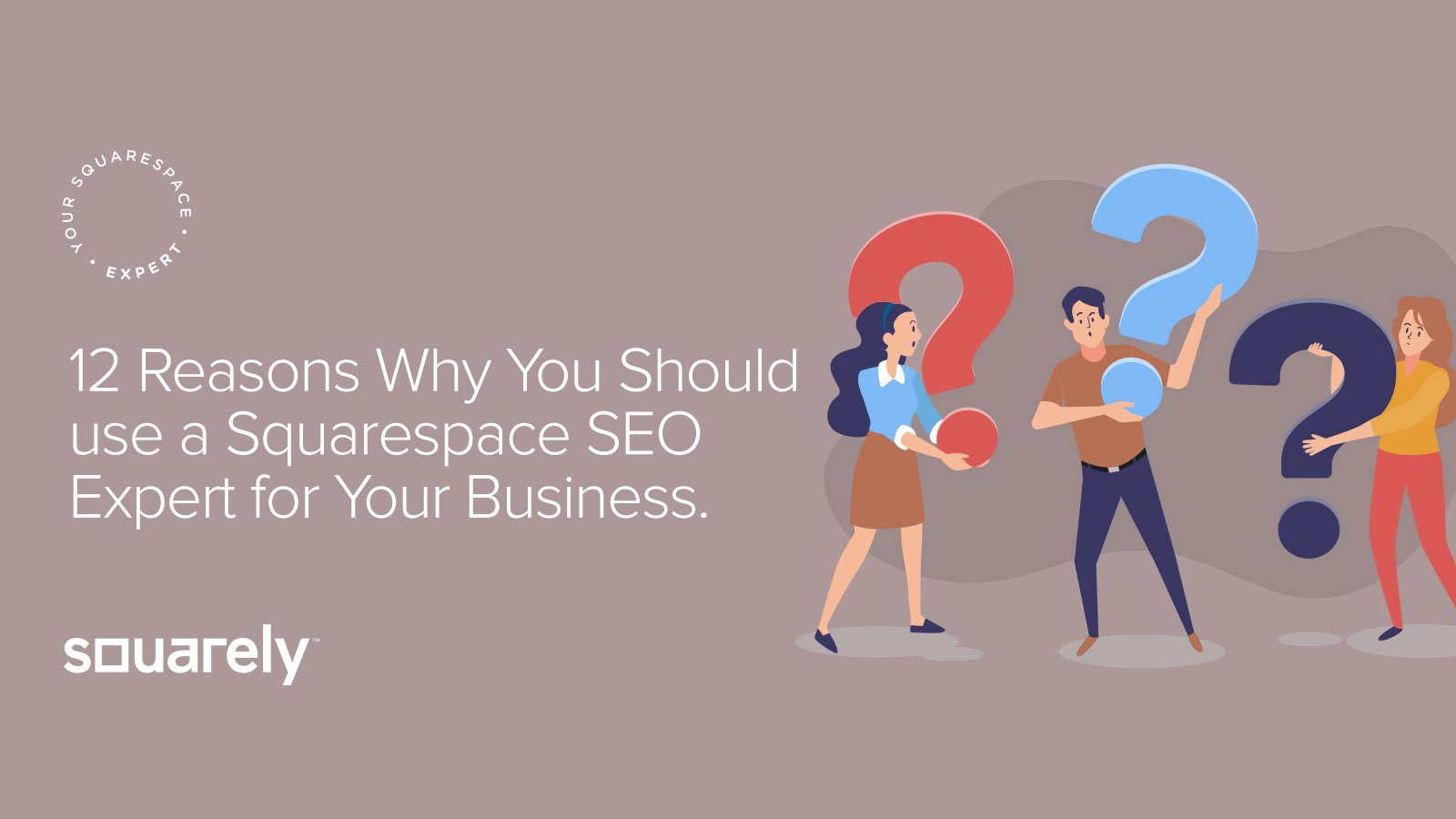
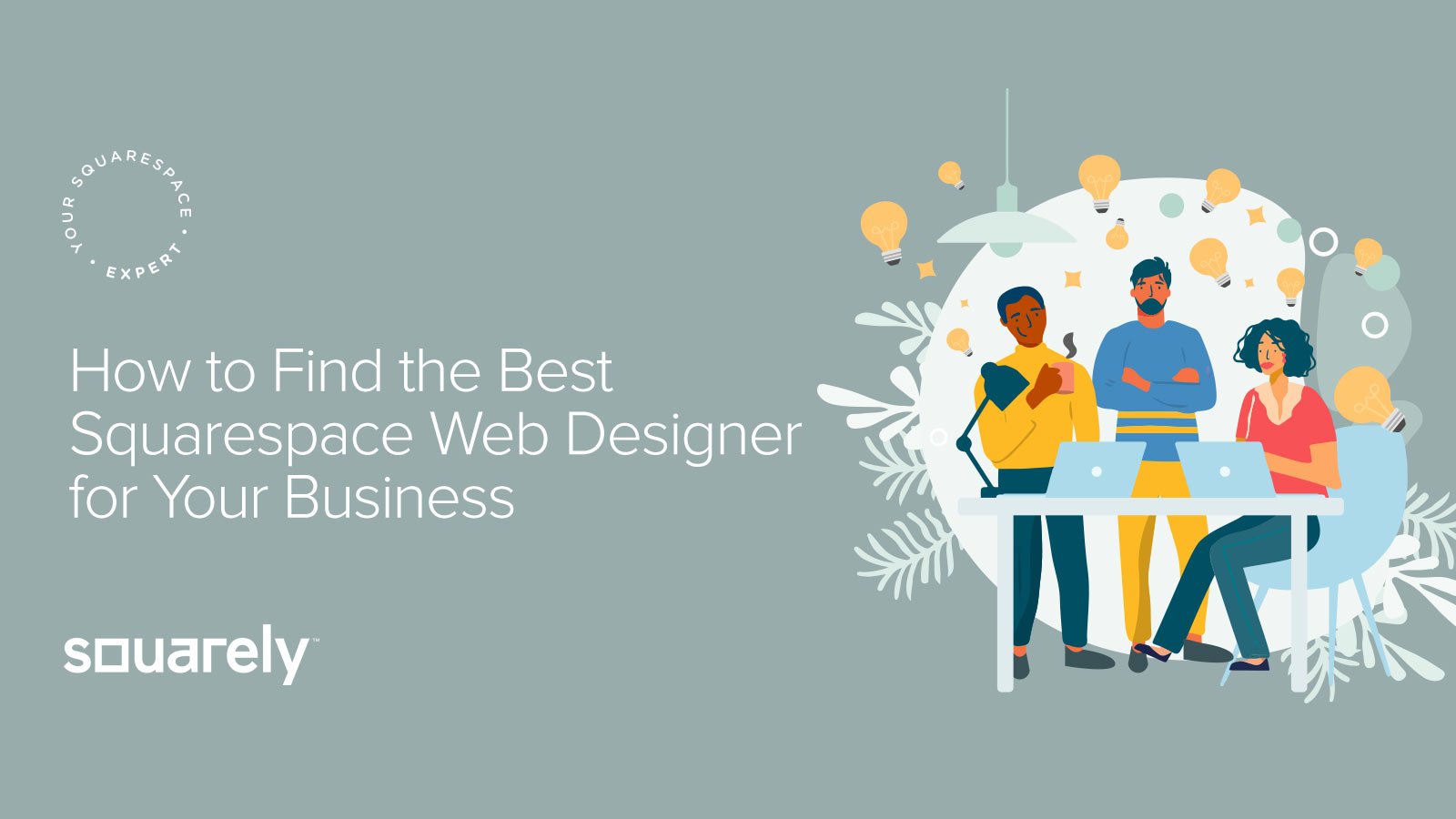



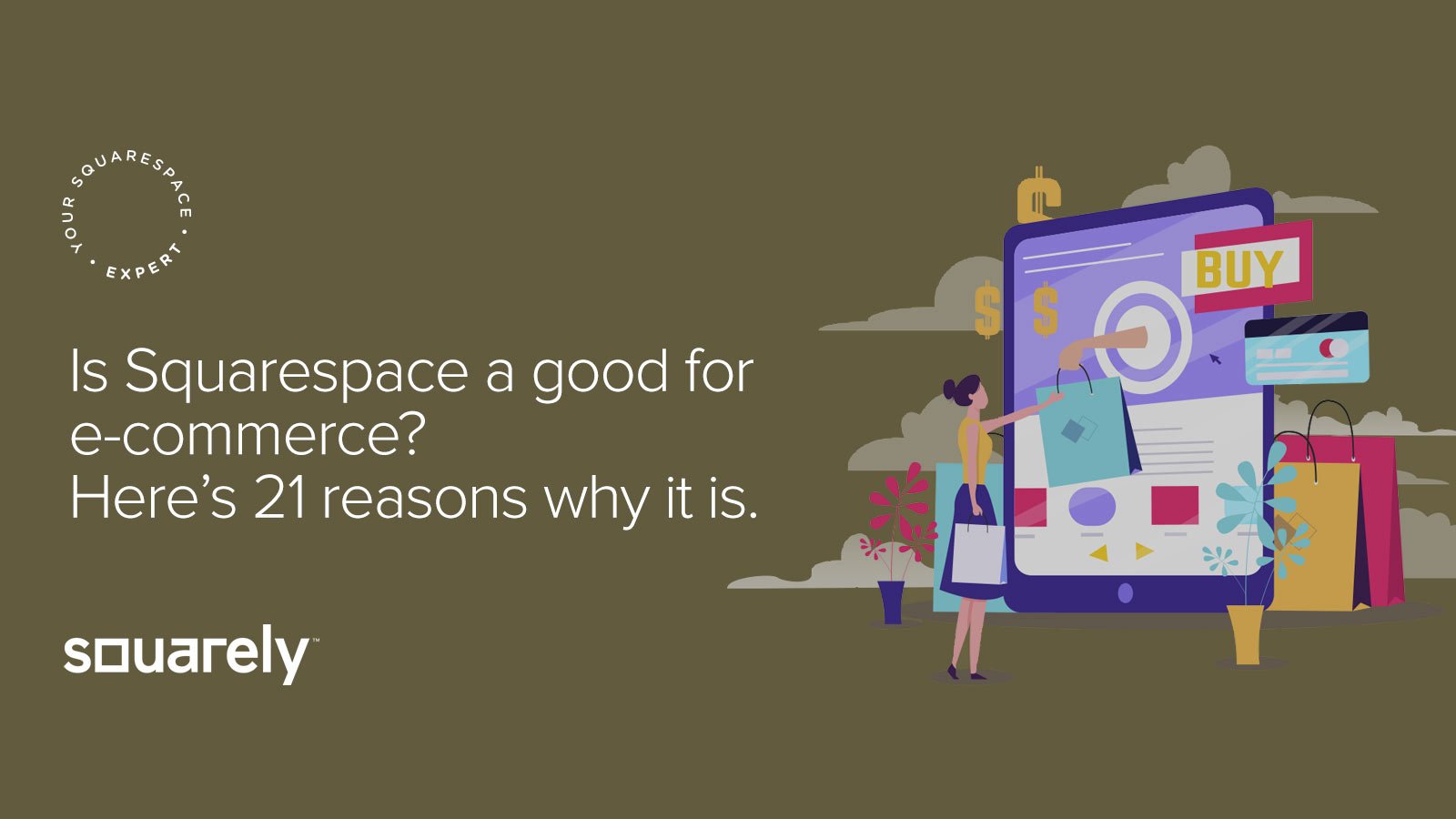








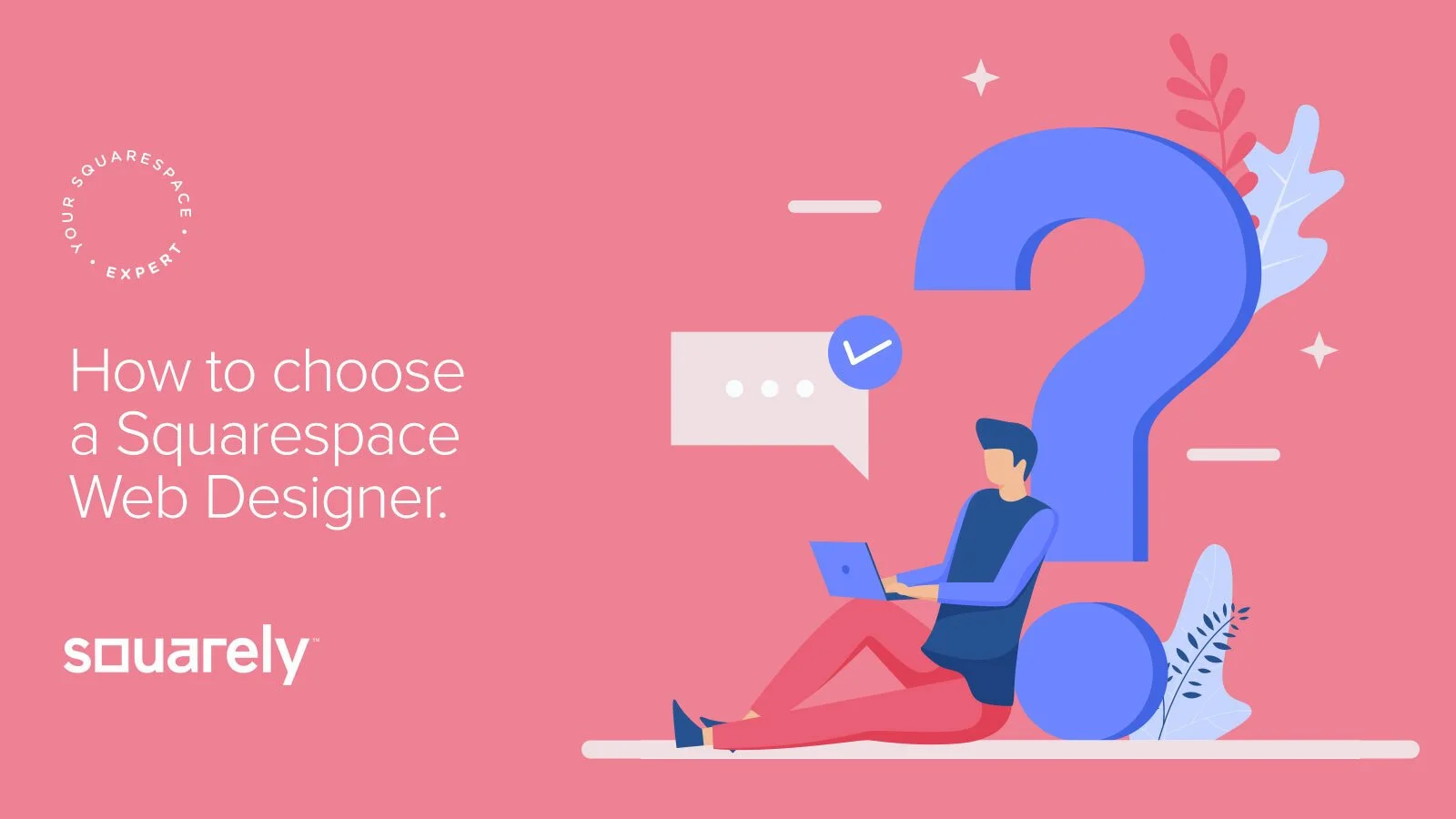
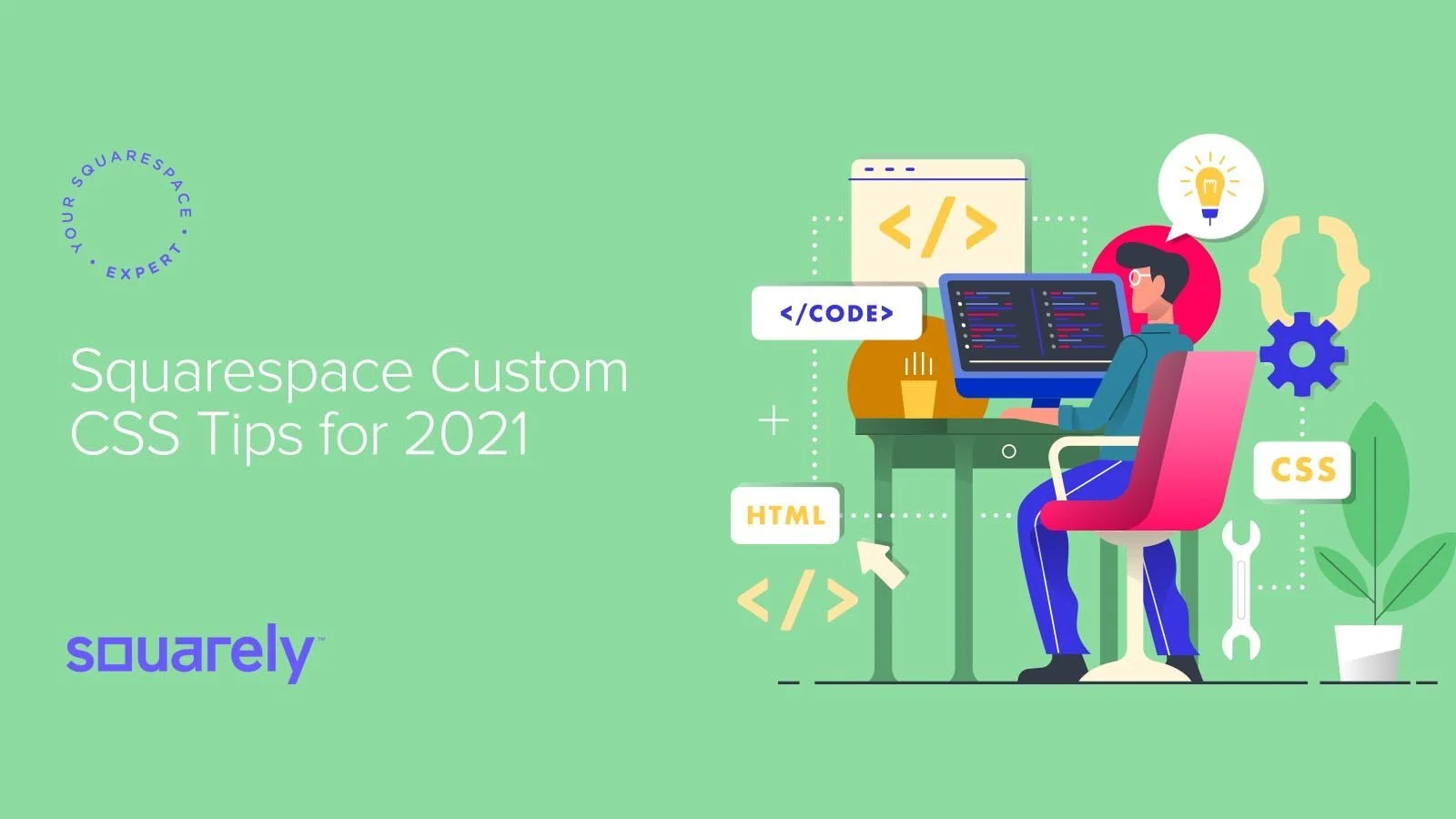








4 simple tips to build a rock solid brand. What secrets do strong brands like Apple and Nike hold? More importantly, how can small-business owners use these secrets to leverage off and help build their business?